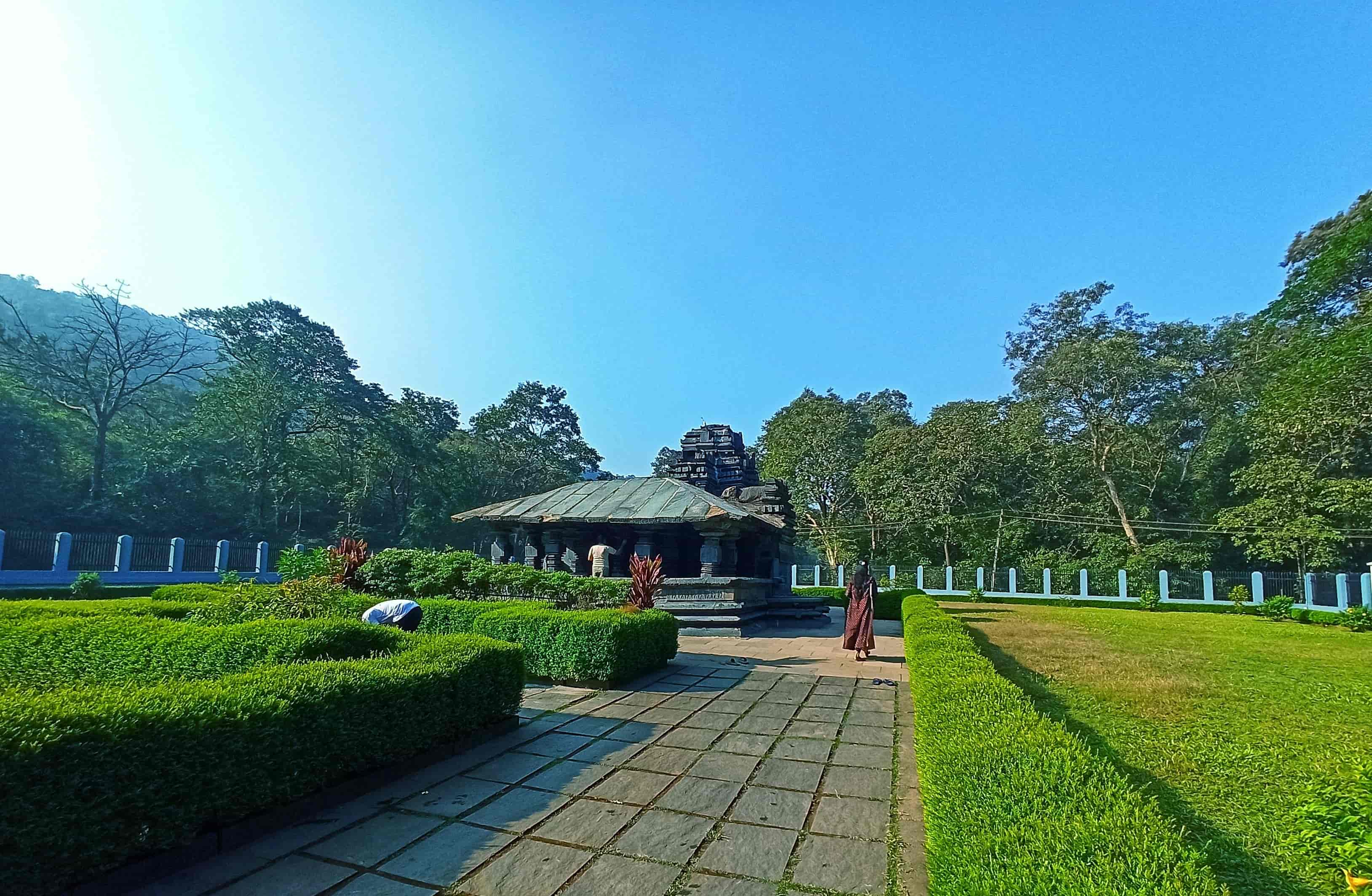Goa: A Tourist Paradise
Goa a former Portuguese colony is the most visited tourist destination. Its distinctive fusion of Western and Indian culture in its history makes it an unforgettable destination for travellers. The Portuguese colonial era, which began in the 15th century and lasted for nearly 450 years, has left a profound influence on Goa’s architecture, religion, and cuisine.
The churches and cathedrals in Old Goa, which are UNESCO World Heritage monuments, are iconic examples of colonial influence. One of the most famous churches is the Basilica of Bom Jesus, which is well maintained and renowned. The mortal remains of Saint Francis Xavier are kept here. Other churches of Baroque construction include the St. Cajetan Church, which is the replica of Saint Peter Basilica in Rome and the Se Cathedral church, which is the biggest cathedral in Asia.
The Hindu Temple of Shantadurga, dedicated to Goddess Durga and the Mangueshi Temple, dedicated to Lord Shiva are located in Ponda Goa. They have spectacular designs of intricate architecture, with a fusion of Hindu design elements and local cultural influences.
Traditional Hindu and Catholic celebrations include Shimgo (Goan New Year), Carnaval, the Jazz Festival, Sao Joao, and Ganesh Chaturthi. The lively folk dances of Dekhni, Fugdi, Mando, and Fado are a fusion of both Eastern and western culture.
Food lovers will enjoy the famous Goan delicacies like the stable fish curry rice, Pork Vindaloo, Sorpotel, Chicken Xacuti, Prawn Balchao, and a variety of Goan seafood, winding up with a digestive drink, the sol kadi made with Kokum and spice, not forgetting the Feni and Urrak alcoholic drinks made from either cashew apple fruits or coconuts. For dessert, treat yourself to the iconic bebinca (a traditional Goan dessert) and dodol (a sweet made from coconut and jaggery).
Goa is renowned for its pristine beaches all along its coastline, with swaying coconut trees, beach shakes, and vibrant nightlife. The beaches in the north, like Calangute, Baga, Candolim, and Vagator, have a lively atmosphere for water sports and beach parties, and the beaches in the south, like Colva, Benaulim, and Cavelossim, provide an atmosphere for relaxing and sunbathing.
The Portuguese forts constructed during the colonial era offers a glimpse into Goa’s history. The most famous fort, Fort Aguada situated on the Arabian Sea coast has a lighthouse that is the oldest in Asia. Visitors can get a spectacular view of the sea from the fort. Other forts such as Reis Magos fort, Cabo de Rama Fort, Chapora fort, Tiracol Fort also offers Goa’s rich colonial past.
The Konkani language used by the residents has the Portuguese influence because of its long colonial rule. The warm hospitality of the people of Goa, make a tourist feel at home.
Basic Information
| Country | India |
|---|---|
| Language | Konkani. Hindi. Marathi. English. |
| Currency | INR (Rupees) |
| Population | 15.78 Lakhs |
| Area | 1429 Square Miles |
| Time to Travel | November to February |



